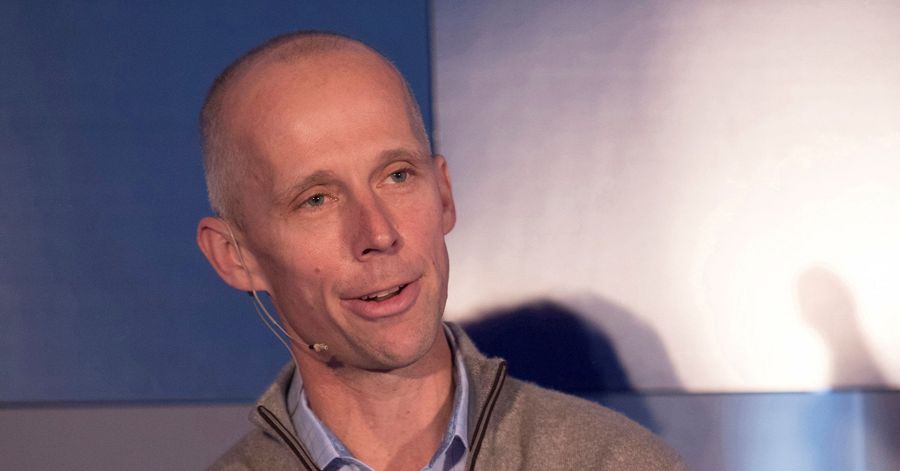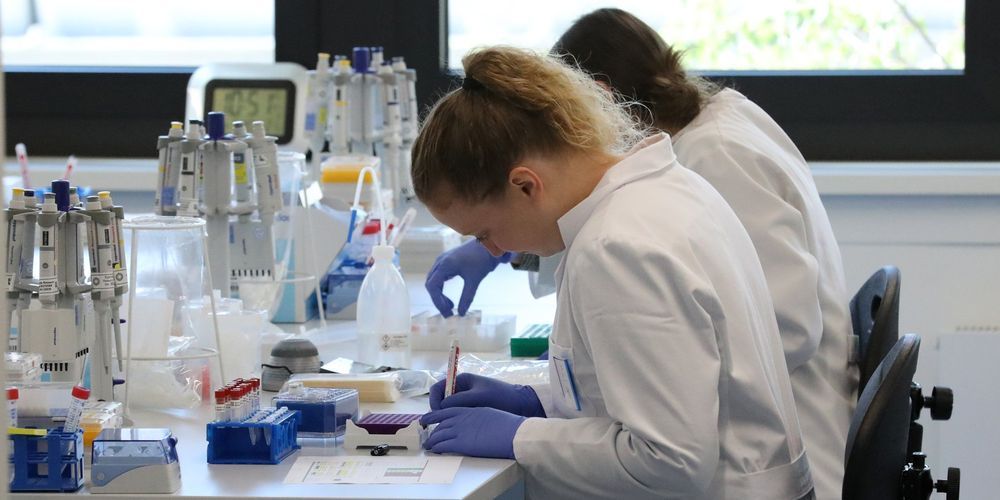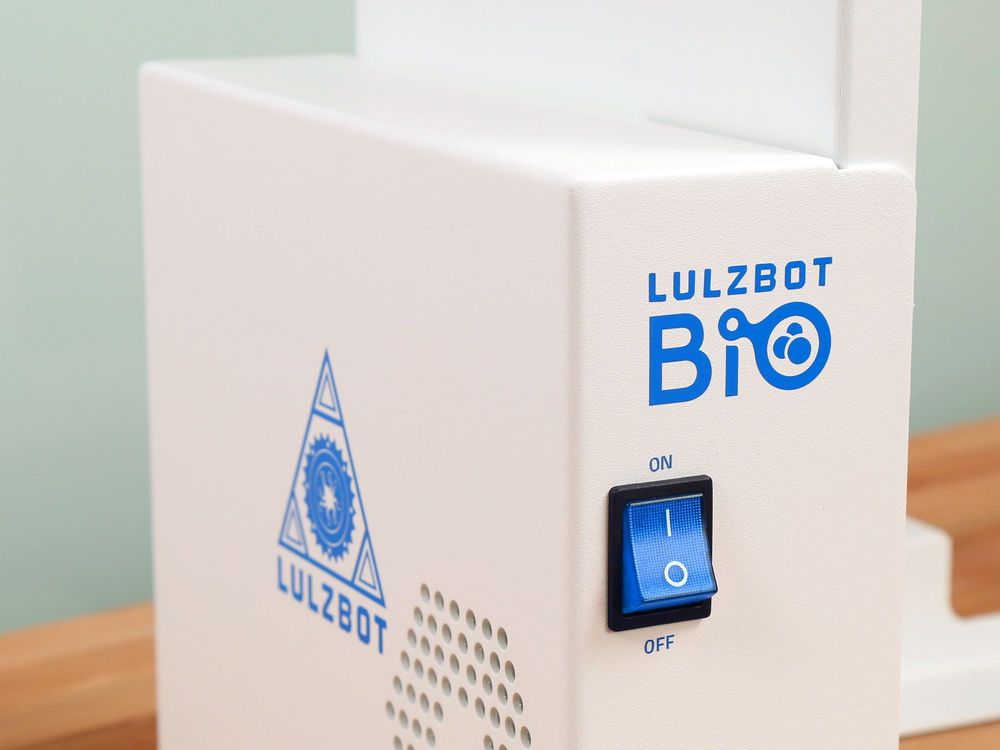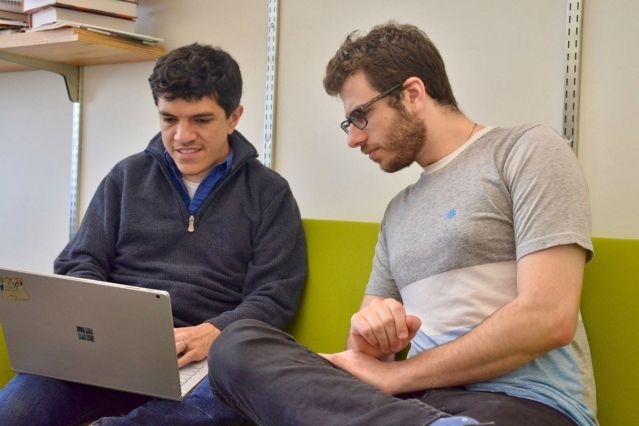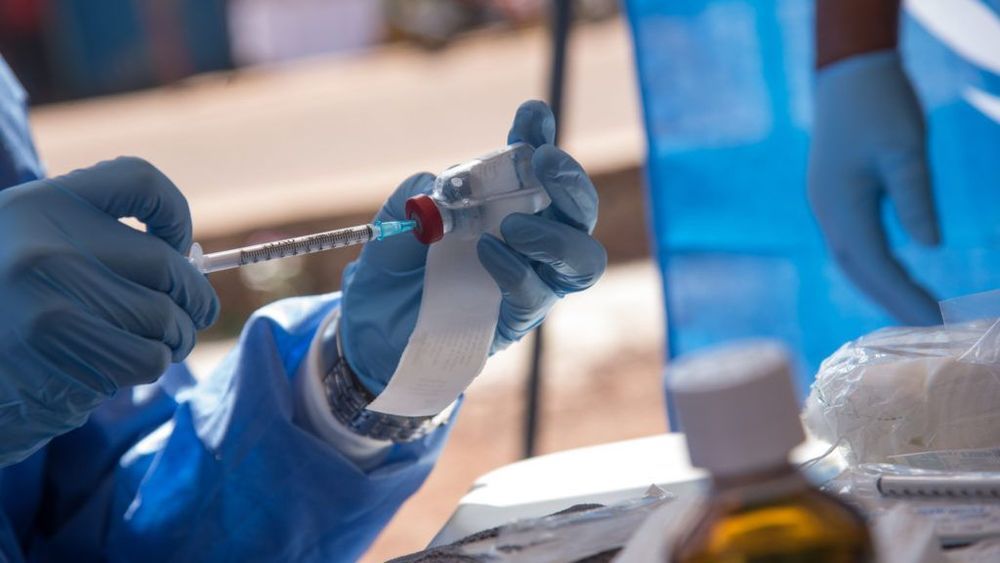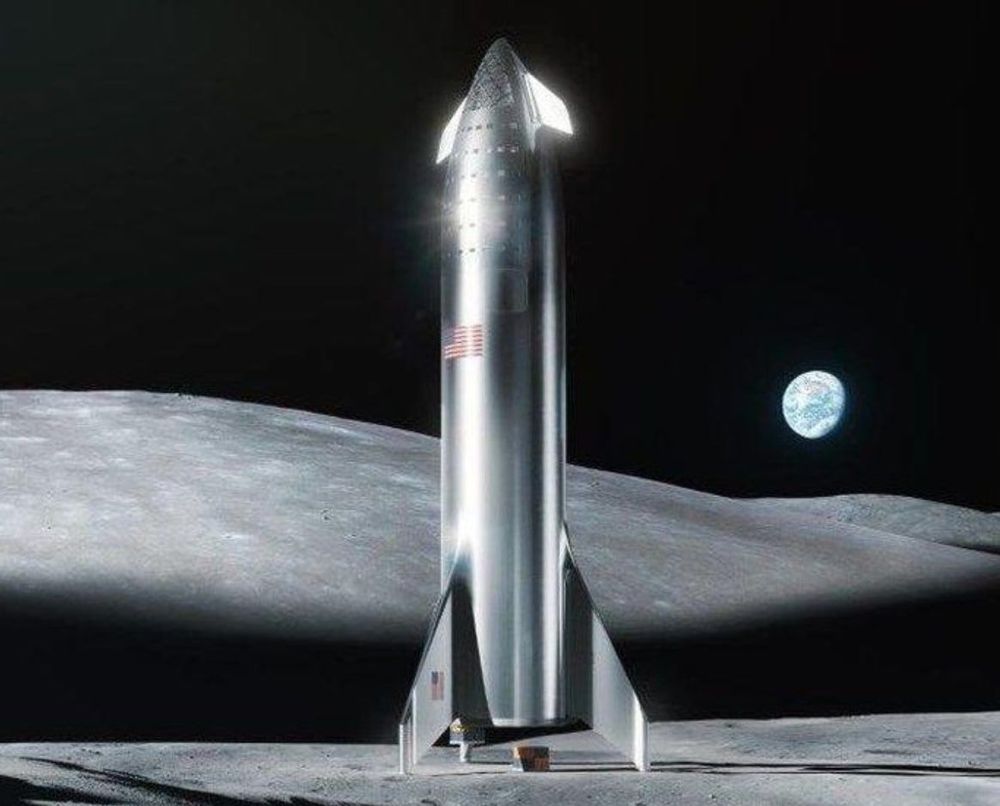Jun 16, 2019
New Gene Therapy Priced at $1.8 Million in Europe
Posted by Genevieve Klien in category: biotech/medical
A new gene therapy for a rare blood disorder will sell for €1.6 million ($1.8 million) in Europe, according to the maker of the recently approved treatment, whose sticker price is the latest indication that already high drug costs are continuing to climb.
After it goes on sale, the Zynteglo gene therapy from Bluebird Bio Inc. will be the second-most expensive drug in the world after Novartis’s $2.1 million Zolgensma gene therapy, which was recently approved for sale in the U.S.
